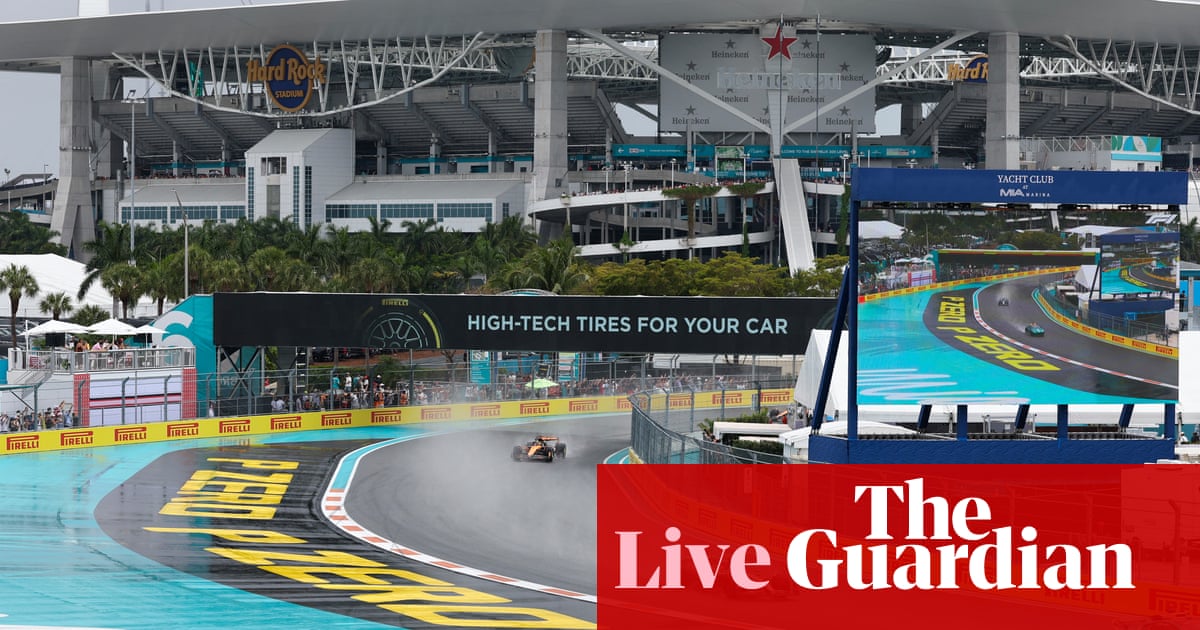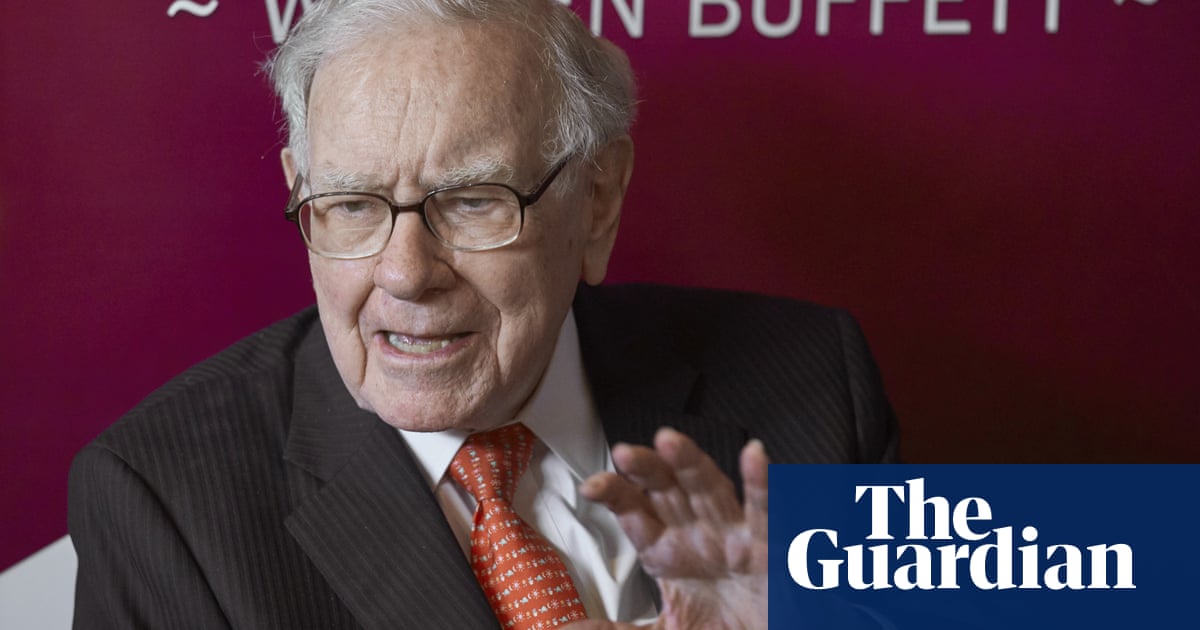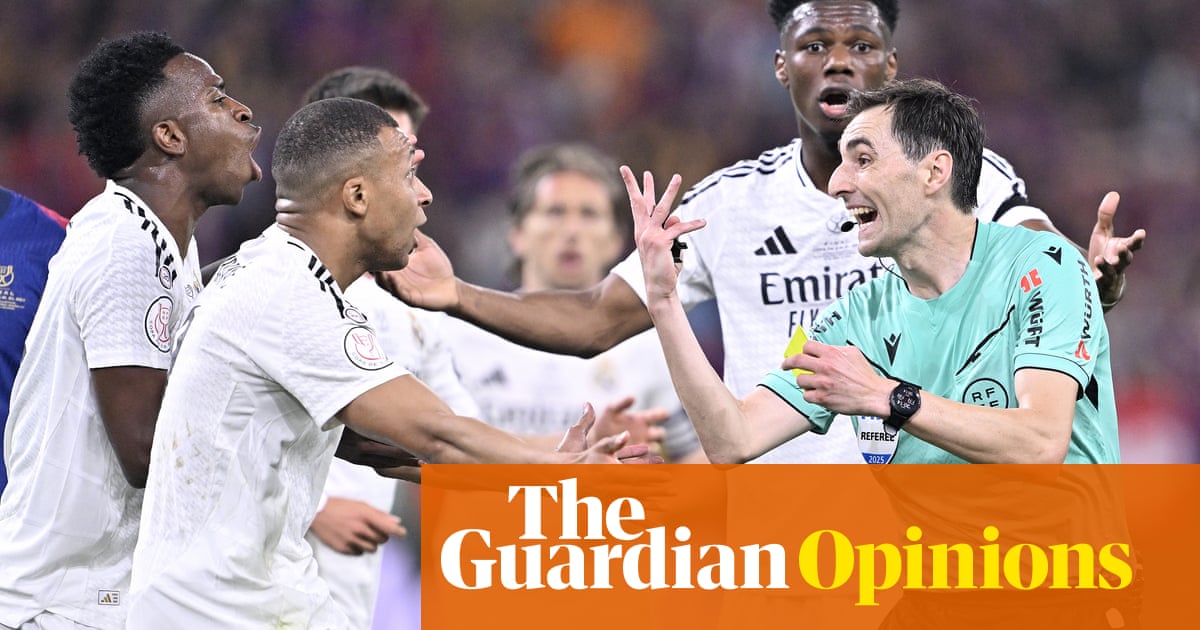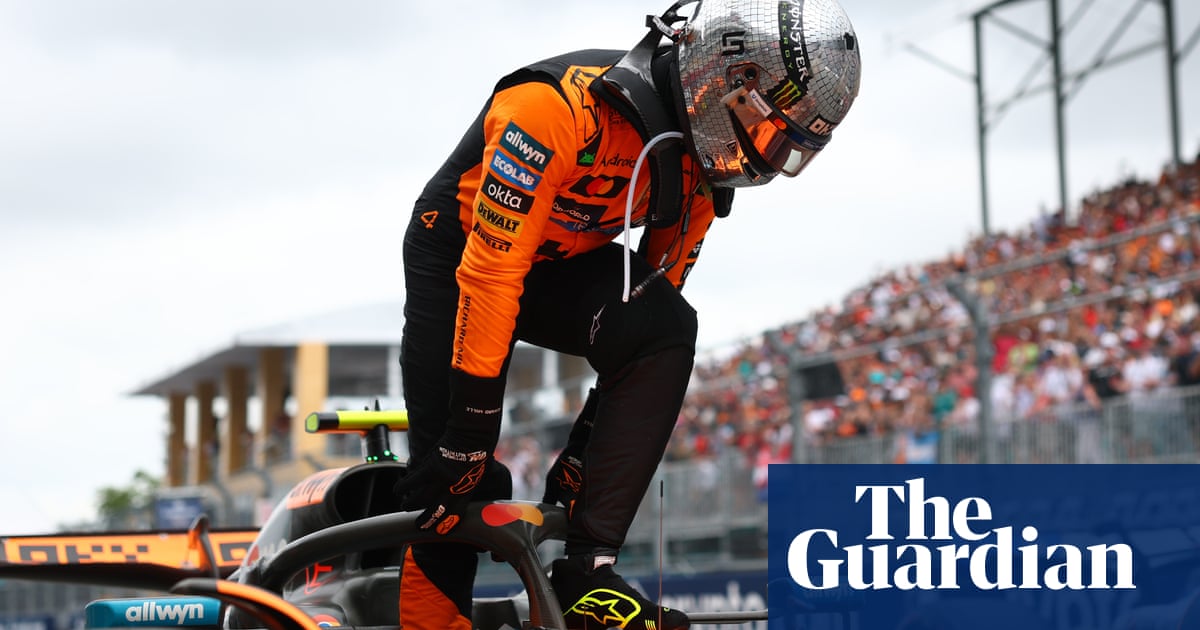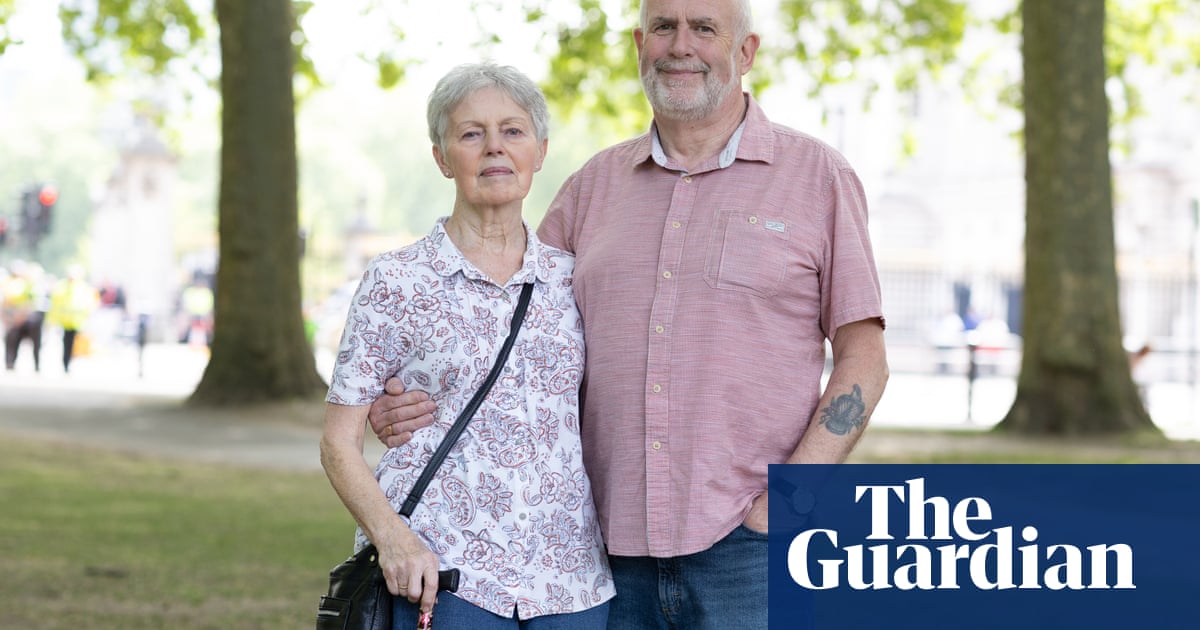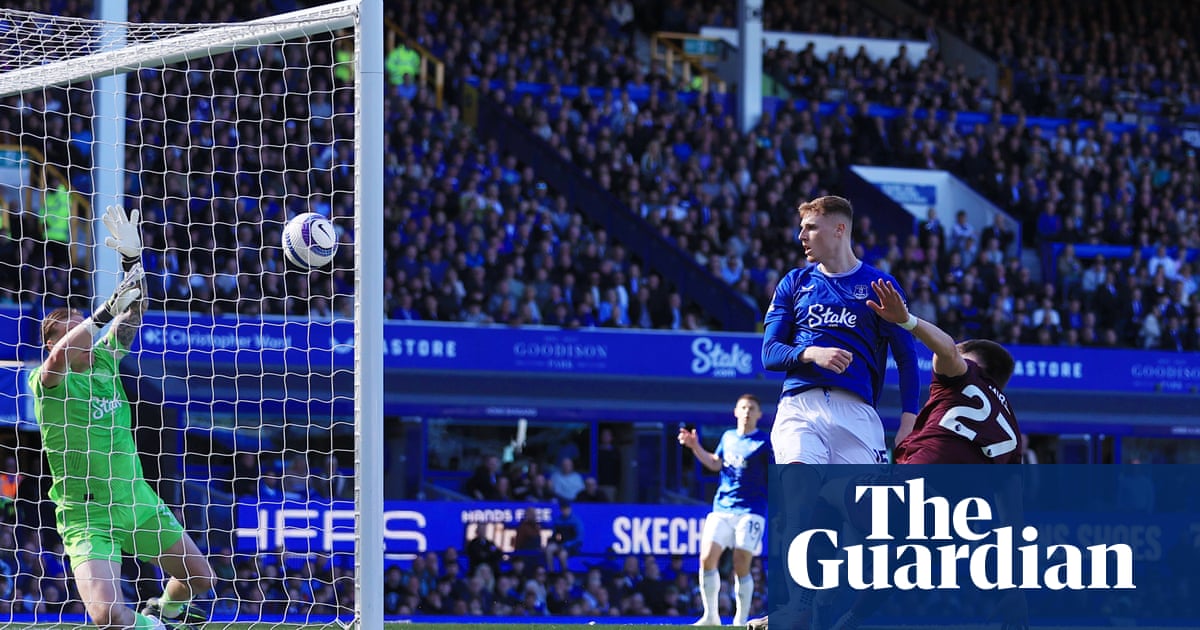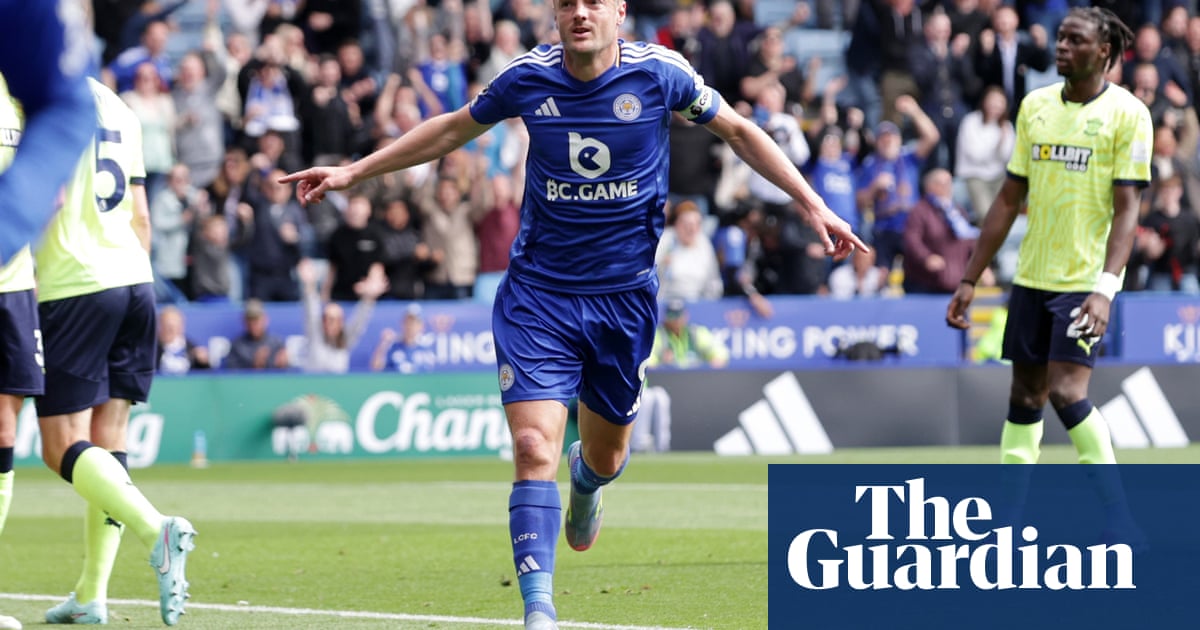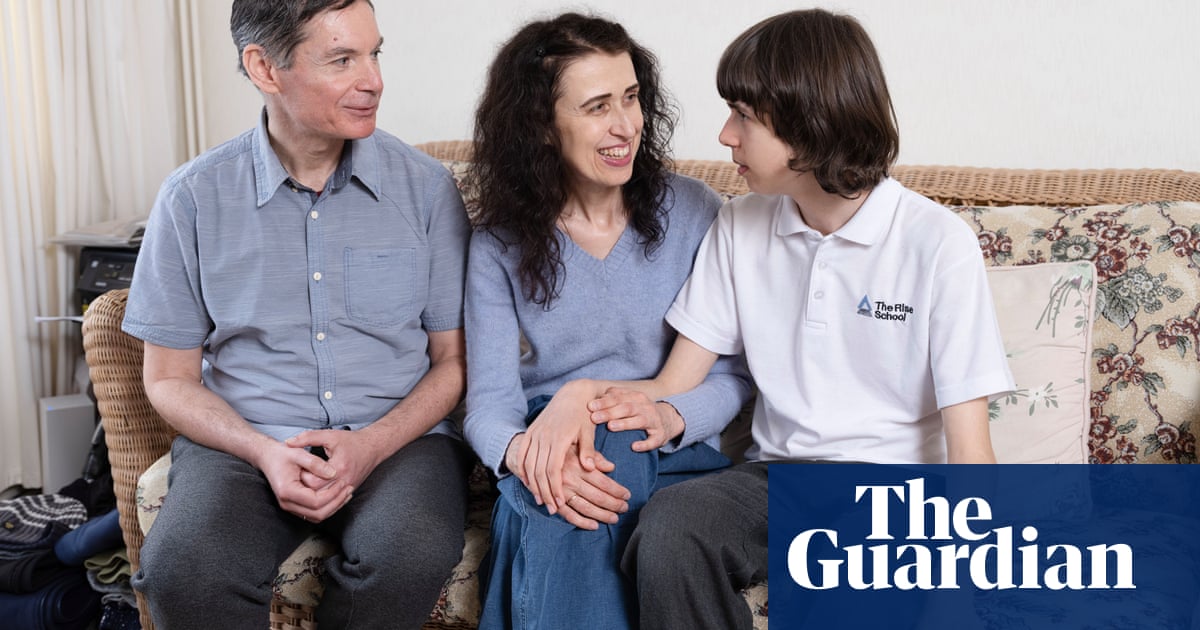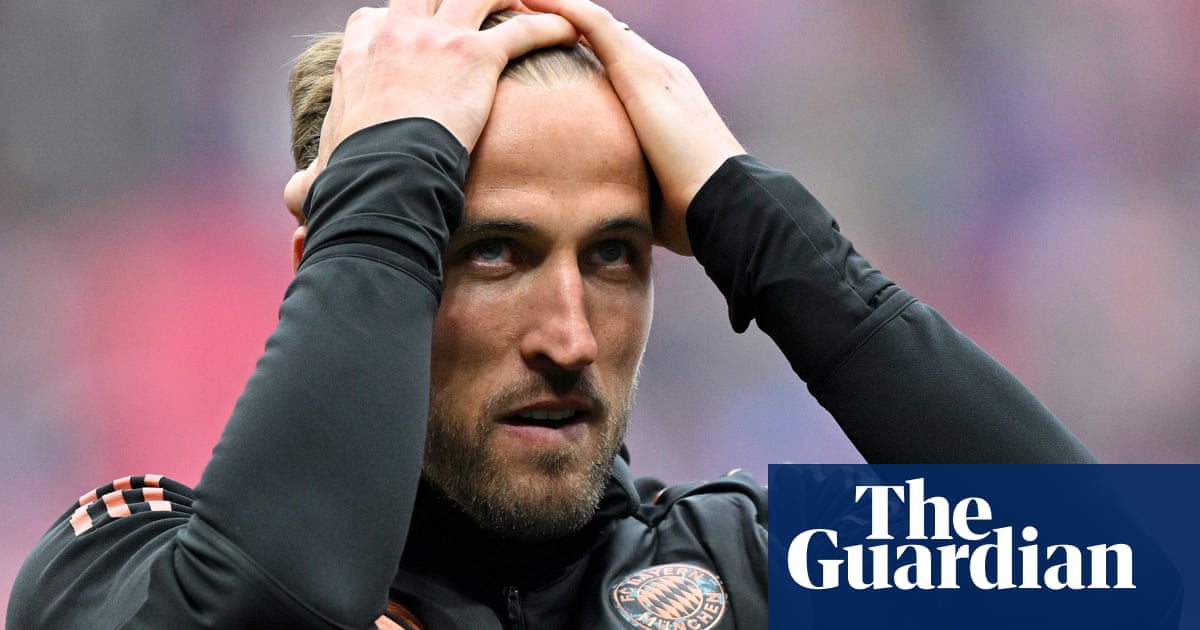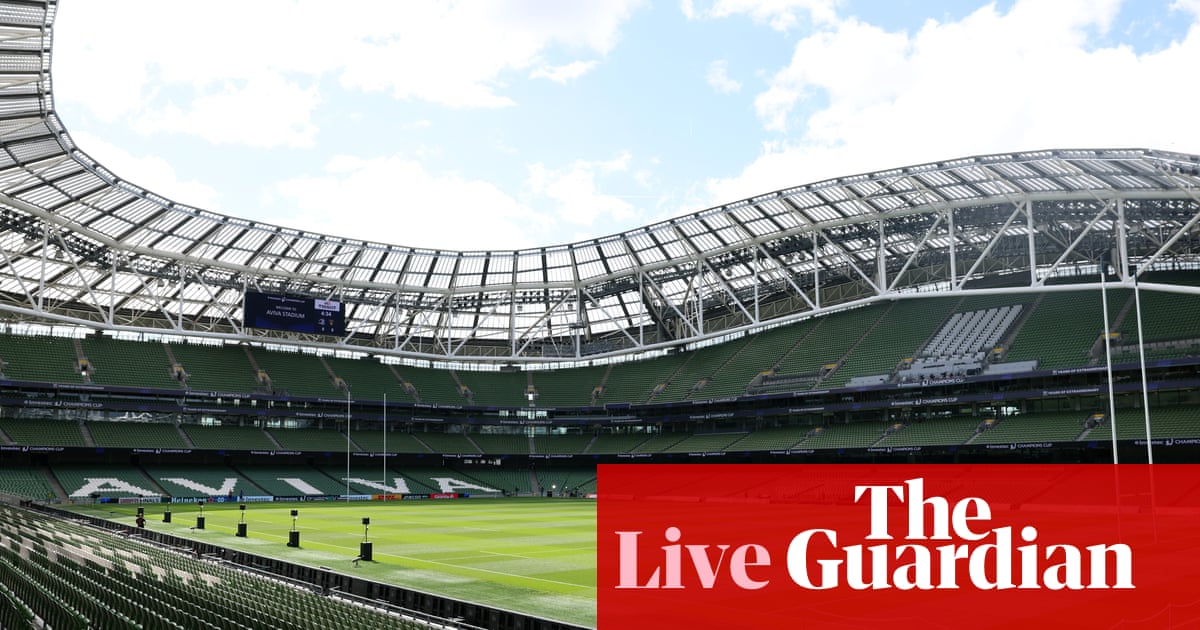Jannik Sinner could not help but crack a wry smile when he faced the media before the US Open last year in the aftermath of his anti-doping case, one of the most high-profile in the history of tennis.
Sinner, the best player in the world, had been attempting to emphasise just how low the concentration of the banned substance clostebol had been in his urine sample, and therefore how irrelevant it was to his performances on the court.
“A different part is the amount I had in my body, which is zero point zero, zero, zero, zero, zero, zero, zero… one,” he said, theatrically counting out each zero with his fingers. “So there are a lot of zeros before coming up a one.”
Last summer was a period of significant tension, uncertainty and doubt for Sinner when his anti-doping case became public, but it was also tinged with relief. After initially successfully overturning the automatic provisional ban that follows a positive doping test, he had been cleared by an independent tribunal to continue competing without penalty. As he tried to put the case behind him, he had good reason to smile.
Instead it turned out to be the first episode of a protracted saga that has drawn global attention, opened him up to scathing criticism and may have significant implications for many future cases in other sports. Next week, after a three-month suspension, Sinner will make his return to professional tennis. The circumstances surrounding his comeback could hardly be more dramatic. Sinner, one of the most high-profile Italian athletes of his generation, will begin his comeback on home soil to a hero’s welcome at the Italian Open in Rome.
The relief Sinner felt in August faded relatively quickly. The World Anti-doping Agency (Wada) had accepted Sinner’s explanation that his fitness trainer, Umberto Ferrara, had bought an over-the-counter healing spray that contains clostebol for his own personal use and that Sinner’s physio, Giacomo Naldi, had inadvertently contaminated the player during their routine treatment after using it for a cut finger. But Wada was not prepared to leave it there. It opted to appeal against the result of the first instance hearing, seeking a period of ineligibility of between one and two years. A hearing was set for April.
Even as Wada officials were still publicly pushing for a suspension, they were privately in contact with Sinner’s team to look at a case resolution agreement, a provision in place since 2021 that offers more flexibility in what Wada sees as more minor cases. Separately, reforms have been proposed for the next iteration of the Wada anti-doping code that would allow for more lenient penalties for unintentional contamination cases from 2027.

Under the current Wada rules, a no significant fault or negligence ruling for an anti-doping violation based on a banned substance rather than a contaminated legal product carries a minimum 12-month ban unless the court of arbitration for sport (Cas) intervenes. The two parties settled on a three-month suspension period, which also meant that Sinner would not miss any grand slam tournaments.
Since Sinner’s case was made public, it has received criticism at every stage, particularly due to the belief that the No 1 has been the beneficiary of favouritism that lower-profile athletes would not be granted. Comparisons have been made with other cases, including the 18-month ban Mikael Ymer of Sweden received in 2023 for three whereabouts failures and the 19 months it took for the British doubles specialist Tara Moore to be cleared of doping after being provisionally banned in May 2022. The International Tennis Integrity Unit (ITIA) has since appealed against her case. The anti-doping authorities have pushed back on these comparisons, arguing that all cases operate under completely different facts and circumstances.
The announcement of Sinner’s case-resolution agreement and suspension prompted another wave of criticism. Novak Djokovic described the widespread frustration a day after the ban was announced: “A majority of the players that I’ve talked to in the locker room, not just in the last few days, but also last few months, are not happy with the way this whole process has been handled. A majority of the players don’t feel that it’s fair. A majority of the players feel like there is favouritism happening. It seems like, it appears that you can almost affect the outcome if you are a top player, if you have access to the top lawyers and whatnot,” he said.
Daniil Medvedev also stressed the need for consistency in future: “I hope that the next few times, the players will be able to do that,” the Russian said. “I hope that it will create a precedent where everyone will have the opportunity to defend themselves better than before. Otherwise, if it’s not going to be possible, it’s going to be bizarre.”
During his time away from the sport, Sinner has kept a low profile, making only a couple of public appearances, but he has begun to speak publicly in the buildup to his return.
after newsletter promotion
In a recent interview with the Italian broadcaster Rai, Sinner, 23, admitted that the doubts from his colleagues had briefly led him to consider quitting: “When I arrived in Australia in January I was uncomfortable, also because it seemed to me that the other players looked at me differently. For a moment, I even thought about giving up everything,” he said.
By the end of that Australian Open, Sinner had won his third grand slam title. He stressed the importance of enclosing himself and his team in a “bubble” and focusing on the people around him. His return to competition will force him to confront those feelings again as he navigates lingering doubts and uncertainty inside the player locker room, this time after actually being penalised.

He will, however, also have some allies. It came as no surprise that the first prominent player Sinner trained with was his friend Jack Draper. Aside from Sinner’s Davis Cup teammates and other compatriots, Draper has been one of the few top players to consistently support the Italian publicly. Since the ban began, Draper has sent Sinner text messages emphasising his admiration for him and how he sees him as an inspiration for his own career. “I think it’s important for people to know and recognise that the guy’s very, very kind-hearted and a good human being. So he doesn’t deserve any of the hate that he gets,” Draper said last week in Madrid.
The results on the court have only added to the uniqueness of this situation. It is undeniable that Sinner has managed the tension and uncertainty surrounding him remarkably well, producing the most dominant stretch of form in his entire career. He is 36-1 since last August when the case was announced, elevating his grand slam title count to three with wins at the US Open last year and Australian Open in January, which remains his only tournament of 2025. He won the Cincinnati Masters 1000 event last year while staying up until the early hours of the morning to participate in the first hearing remotely.
Sinner’s absence presented a great opportunity for the rest of the field, yet most of the ATP top 10 has instead been in total disarray. Carlos Alcaraz has been struggling with consistency and health, Alexander Zverev collapsed under the pressure of being the highest-ranked player for most of Sinner’s suspension and Djokovic is feeling his advancing age at 37 years old. Other top players, such as Medvedev, Andrey Rublev and Stefanos Tsitsipas have also struggled this year.
Even with a three-month advantage, nobody has even come close to dethroning Sinner. Now, as he returns to great fanfare, attention and criticism after a suspension that will mark a significant part of his story until the final day of his career, the next challenge for the best player in the world will be to find his footing on the court again and re-establish himself as the dominant force in his sport.

.png) 13 hours ago
9
13 hours ago
9
